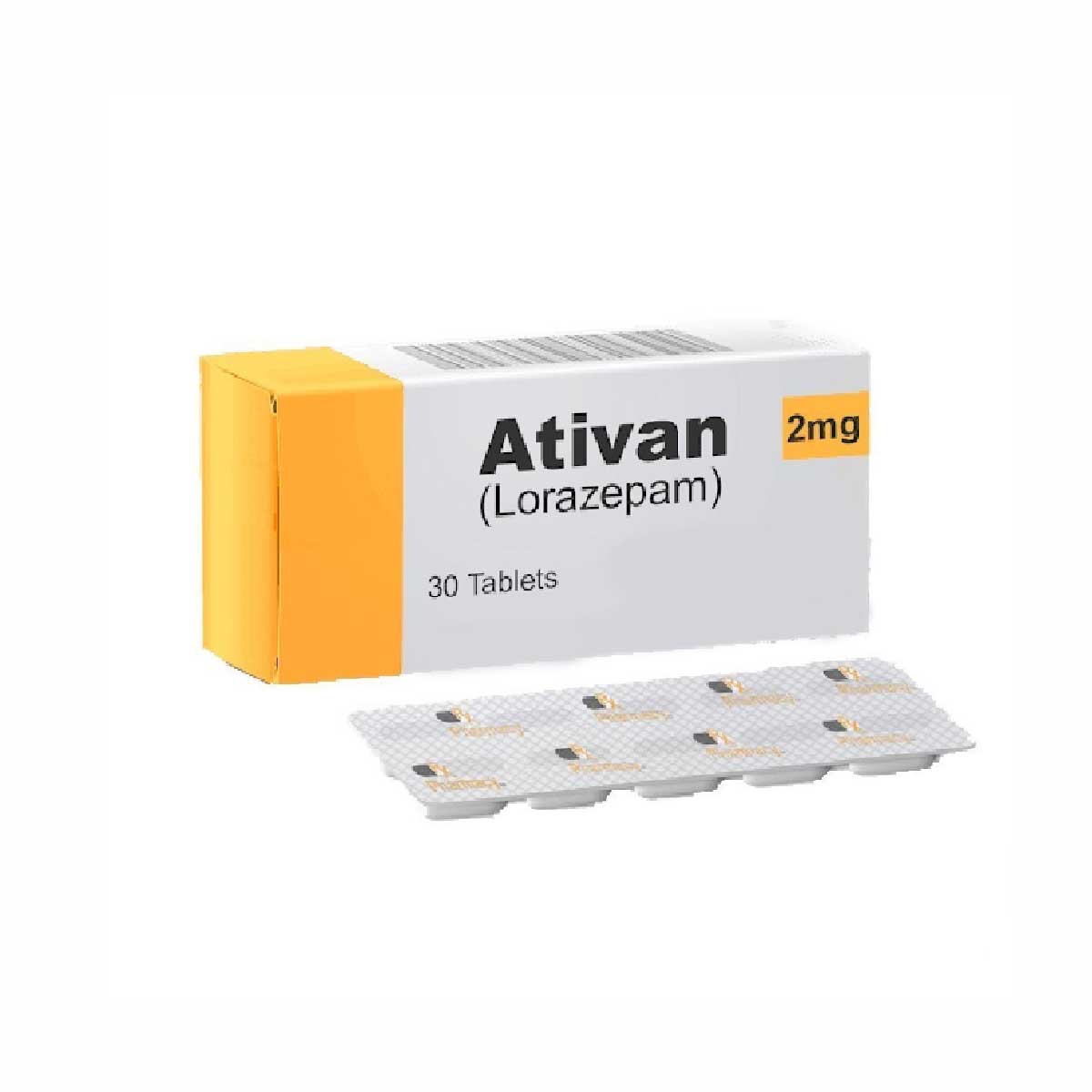
Introduction
Pregabalin 300 mg is a well-established medication used to manage conditions like neuropathic pain, fibromyalgia, epilepsy, and generalized anxiety disorder. Unlike painkillers that target pain directly, Pregabalin works on the nervous system to reduce abnormal nerve activity. Calming overstimulated nerve signals, it brings relief from pain, reduces seizures, and helps control anxiety. But how exactly does it work inside the body? Let’s take a closer look at its mechanism of action, absorption, and impact on overall health.
What is Pregabalin 300 mg?
Pregabalin 300 mg belongs to a class of drugs known as anticonvulsants and neuropathic pain agents. It is structurally similar to the neurotransmitter gamma-aminobutyric acid (GABA), though it does not act directly on GABA receptors. Instead, it binds to calcium channels in the nervous system and influences how nerve cells communicate.
The 300 mg dose is one of the higher strengths, usually prescribed for patients who require stronger symptom management after starting with lower doses such as 75 mg or 150 mg.
Absorption and Distribution in the Body
When a Pregabalin 300 mg capsule is taken orally, it is quickly absorbed by the digestive system. The medication has high bioavailability, meaning nearly all of it enters the bloodstream and becomes active in the body. Peak levels are usually reached within 1 to 2 hours after taking a dose.
Once absorbed, Pregabalin circulates throughout the body and enters the central nervous system (the brain and spinal cord). This is where it starts working to calm hyperactive nerve signals. Unlike some drugs, Pregabalin does not bind extensively to proteins in the blood, which makes its action more predictable and less affected by other medicines.
Mechanism of Action: How It Calms the Nerves
Pregabalin works by binding to the alpha-2-delta subunit of voltage-gated calcium channels in nerve cells. These calcium channels control how much calcium enters the nerves, which in turn affects the release of neurotransmitters—chemical messengers that send signals between nerve cells.
When nerves are overactive, they release too many neurotransmitters, leading to pain, seizures, or anxiety. By attaching to the alpha-2-delta site, Pregabalin reduces the flow of calcium into nerve cells. This lowers the release of excitatory neurotransmitters such as glutamate, noradrenaline, and substance P.
The result? A calmer nervous system with fewer abnormal signals being sent to the brain. This mechanism explains why Pregabalin works for multiple conditions, from nerve pain to seizures to anxiety.
Effects in Different Conditions
-
Neuropathic Pain
Nerve damage, whether from diabetes, shingles, or spinal injuries, often leads to abnormal firing of pain signals. Pregabalin calms these signals, reducing burning, tingling, and stabbing sensations commonly felt with nerve pain. -
Fibromyalgia
Fibromyalgia patients experience widespread pain and hypersensitivity due to misfiring nerves and brain overactivity. Pregabalin reduces this over-sensitivity, making pain more manageable and improving sleep quality. -
Epilepsy (Seizures)
In epilepsy, abnormal bursts of electrical activity in the brain trigger seizures. By reducing neurotransmitter release and stabilizing nerve activity, Pregabalin lowers the risk of seizure episodes. -
Generalized Anxiety Disorder (GAD)
Overactive nerve signaling is also linked to excessive worry and tension. Pregabalin reduces the release of stress-related neurotransmitters, promoting calmness and emotional stability.
Metabolism and Elimination
Unlike many medications that are processed in the liver, Pregabalin is not significantly metabolized. This means it largely stays in its original form as it works in the body. Instead, the kidneys play the primary role in eliminating Pregabalin through urine.
This property has two important implications:
-
Pregabalin has fewer drug interactions compared to medications processed by the liver.
-
Patients with kidney problems may need dosage adjustments to avoid accumulation in the body.
Duration of Action
Pregabalin is usually prescribed to be taken once or twice a day, depending on the formulation and the patient’s condition. Its effects typically last for 8–12 hours, providing consistent symptom relief. Because of its steady absorption and elimination, Pregabalin offers predictable relief when taken as prescribed.
Why 300 mg?
The dosage of Pregabalin depends on the condition being treated and how the patient responds to therapy. Lower doses such as 75 mg or 150 mg are often prescribed first. If symptoms are not controlled adequately, the doctor may increase the dose to 300 mg.
At this strength, Pregabalin provides stronger relief for patients with severe or persistent symptoms. However, it should only be taken under medical supervision, as higher doses may increase the risk of side effects like dizziness, drowsiness, or swelling.
Long-Term Impact on the Body
When used long-term, Pregabalin remains effective for many patients. However, some may experience side effects such as weight gain, blurred vision, or mild cognitive issues. Regular check-ups help ensure that the medication continues to be safe and effective. Importantly, stopping Pregabalin suddenly may trigger withdrawal symptoms, so it should always be tapered gradually under medical advice.
Safety Considerations
-
Avoid alcohol: Combining alcohol with Pregabalin can intensify drowsiness and dizziness.
-
Caution with sedatives: Using Pregabalin alongside opioids, sleeping pills, or anti-anxiety drugs can increase sedation.
-
Kidney health: Patients with kidney disease may require lower doses.
-
Pregnancy and breastfeeding: Pregabalin should only be used if clearly prescribed, due to limited safety data.
Conclusion
Pregabalin 300 mg works in the body by calming hyperactive nerve signals, reducing pain, preventing seizures, and easing anxiety. Its unique mechanism targets calcium channels in the nervous system, making it effective for multiple conditions without directly acting on traditional pain pathways. With proper dosing, medical supervision, and attention to safety, Pregabalin provides meaningful relief and improves quality of life for patients struggling with chronic pain and neurological conditions.






